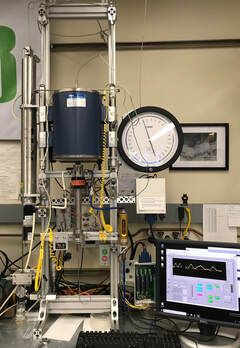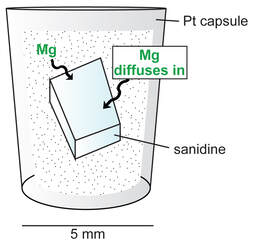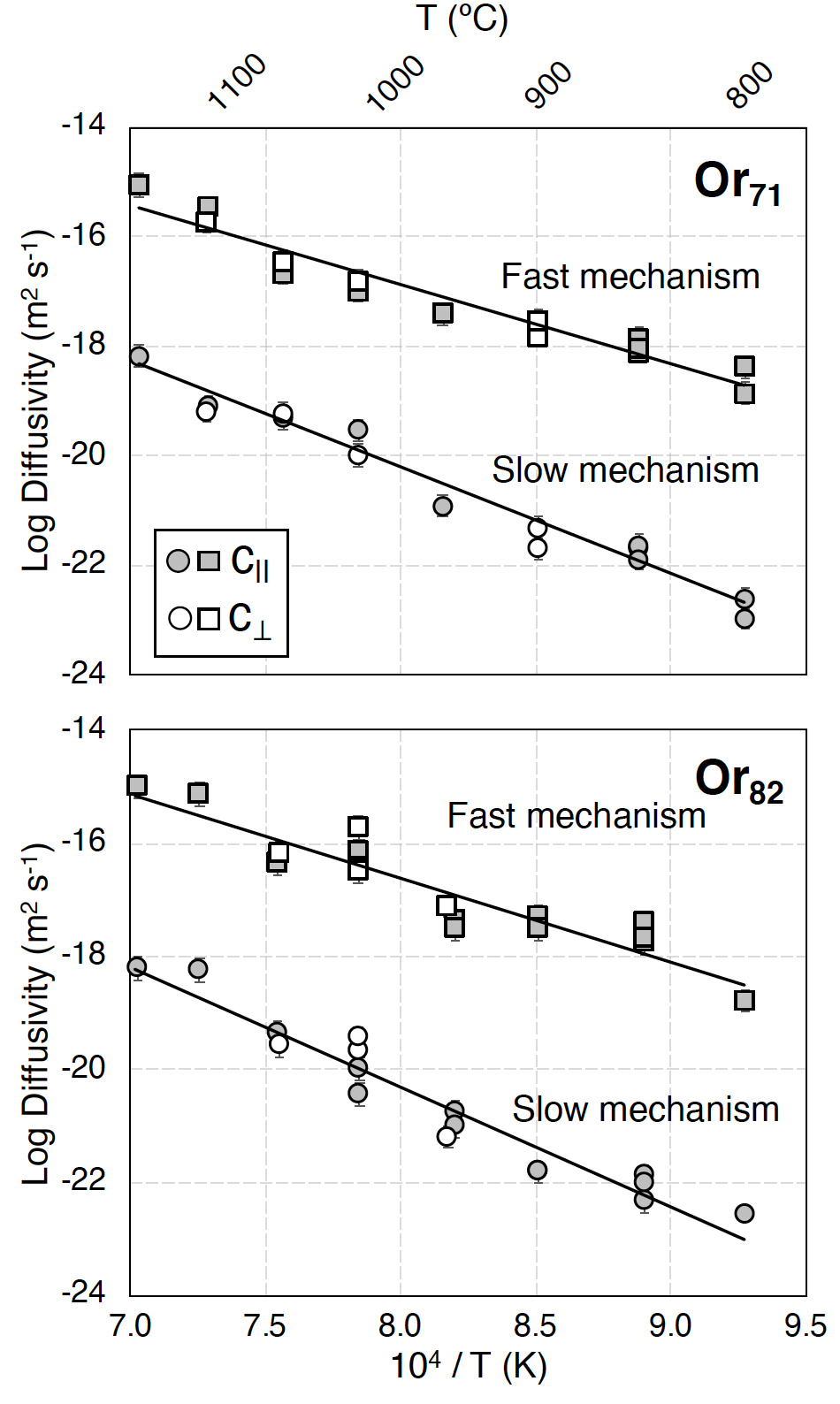Overview
My research interests include quantifying the processes and timescales that lead to volcanic eruptions, which is crucial information to our ability to monitor such systems and develop effective hazard mitigation plans. I use methods such as mineral and glass geochemistry, diffusion chronometry, experimental petrology, thermodynamic modeling, and statistical modeling. If you are interested in these topics, please peruse this website or contact me!


